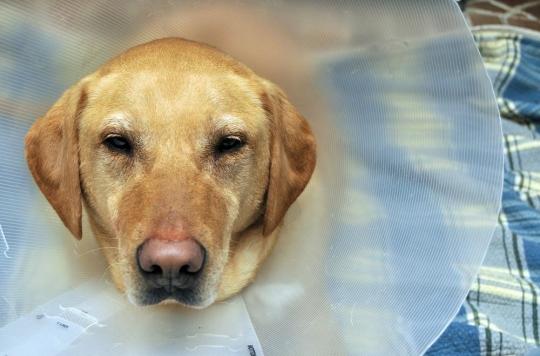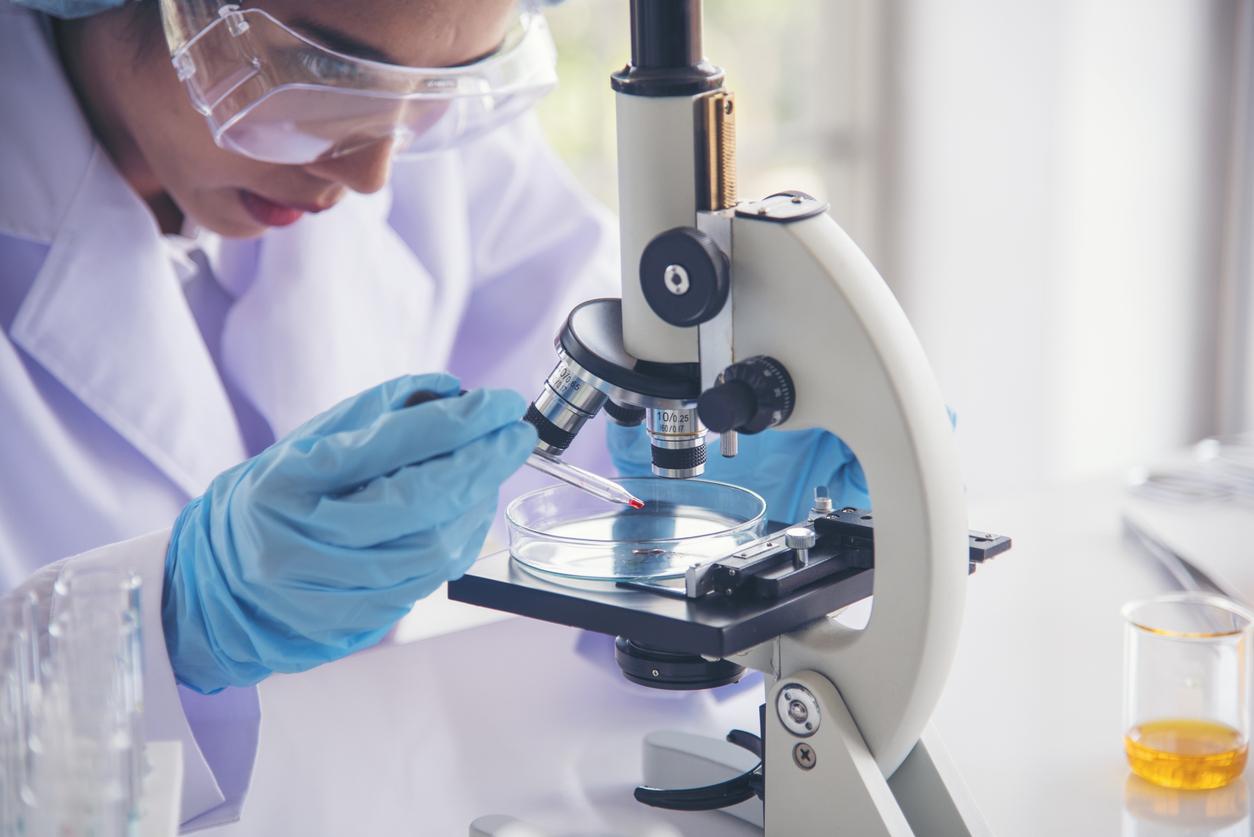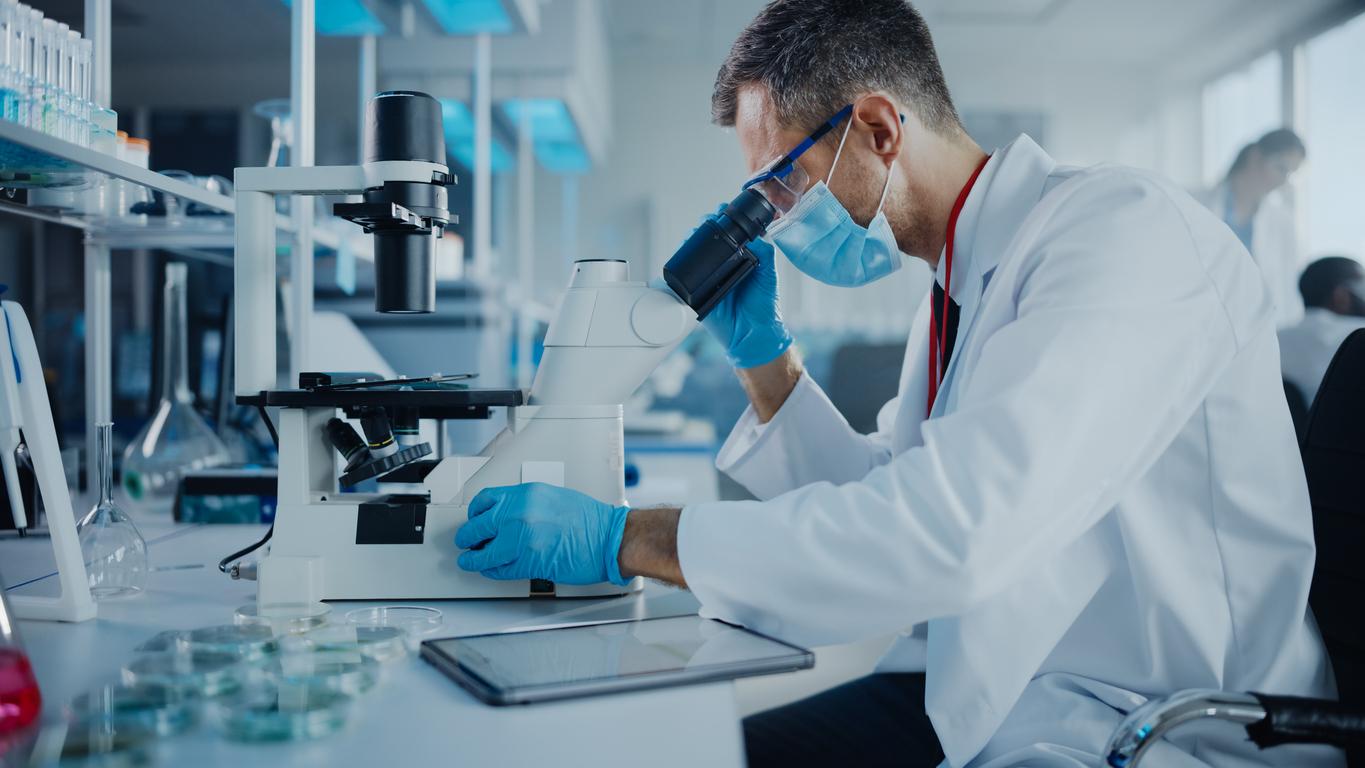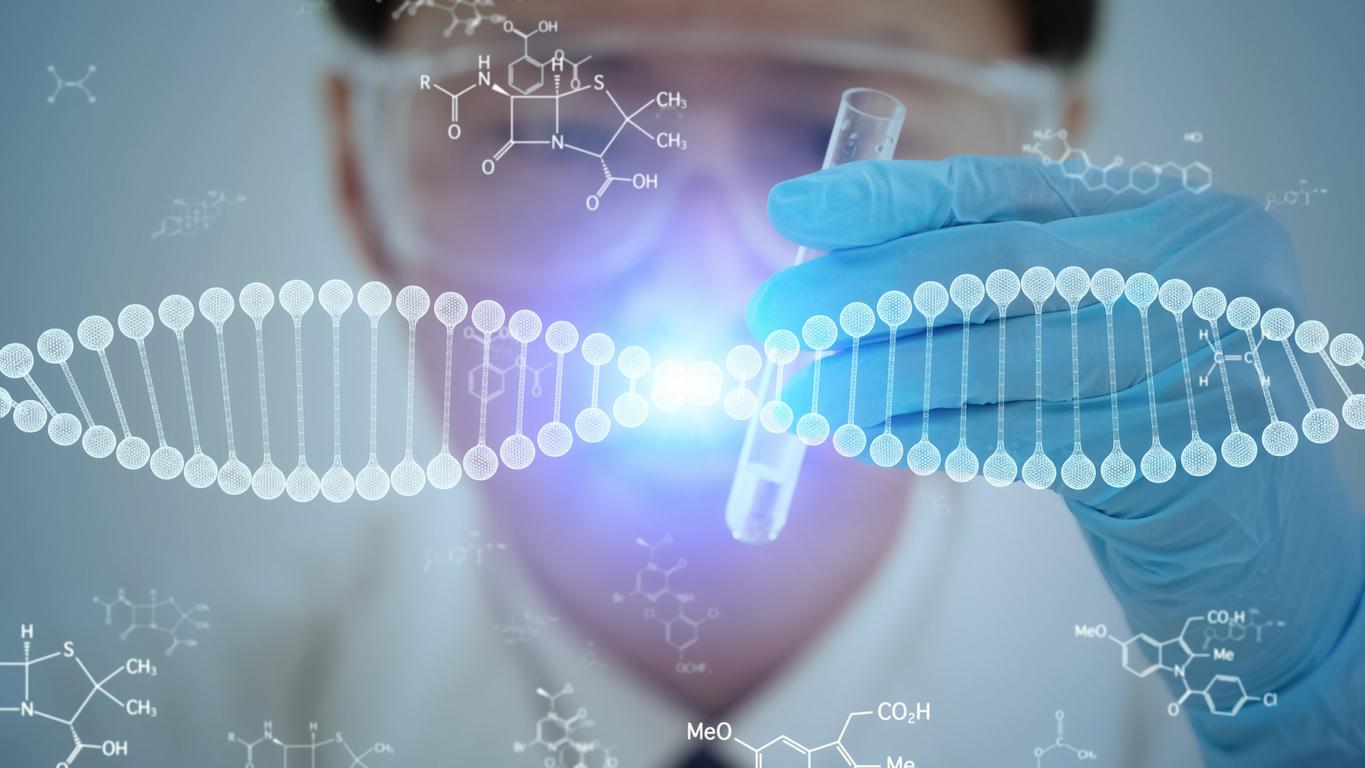The animal defense association Peta attacks the Telethon and denounces the use of dogs in research on myopathy. With controversial arguments.

He’s the kind of ambassador the Telethon would have done well. The animal rights association Peta published a video Last Thursday, which looks like a claw against the big charity event in favor of research on myopathy and other orphan genetic diseases. We see Pascaline, a patient with muscular dystrophy, calling for an end to animal experiments in Duchenne’s disease.
“I did not ask that animals suffer for me”, claims the activist, denouncing in particular the use of dogs for research purposes. Another video, filmed in the laboratory of the Maison-Alfort veterinary school and distributed by the Animal Testing association in 2016, shows golden retrievers suffering from myopathy, visibly in poor condition due to the disease. “If you really want to help the sick, stop donating to the Telethon and fund scientific research that does not use animals”, concludes Peta by the voice of Pascaline.
A recurring controversy
This is not the first time that animal associations have attacked the Telethon. In a letter sent to the Telethon in 2016, Peta developed his grievances against animal testing. In addition to the ethical problems raised by animal suffering, she pointed out the limits of the canine model. “It is important to realize that muscular dystrophy in dogs is not analogous to that which affects humans”, can we read there, before a statement of the different clinical manifestations between the dog and the human being.
But scientists working on muscular dystrophies defend the importance of experimentation on the dog, including in the own sources cited by the association. In a published study in 2014 in Mammalian Genome, referenced by Peta to denounce the limits of the canine model, the authors point out that canine models “Develop a lethal degenerative disease remarkably similar to human disease”. And simply invite the use of biomarkers to better characterize the progression of the disease in dogs, for an easier transition to humans.
The canine model deemed reliable
In myopathy, the dog, used to compensate for the insufficiency of genetically modified mice, is also considered to be a very reliable model (magazine in english) by researchers. Until recently, a preclinical trial carried out at the Généthon d’Evry on twelve golden retrievers paved the way for experimentation in humans. It had made it possible to show the effectiveness of an innovative gene therapy, the intravenous micro-dystrophin, to restore muscle strength in dogs with Duchenne muscular dystrophy, in this case naturally.
The canine model combines several functions: first of all, it allows proof of concept of the efficacy of a candidate therapy, after its development in the laboratory or on mice. But preclinical experimentation on dogs or other mammals also makes it possible to assess toxicity and determine the dose range to be used in humans during clinical tests. So many mandatory steps to develop a new therapy, under penalty of taking reckless risks vis-à-vis humans.
Researchers annoyed by “cartoons”
The same is true of most of the factual arguments developed by abolitionist associations like Peta, Antidote Europe or Animal Testing. For scientists, the limits of the animal model, real and moreover well known, are in no way sufficient to disqualify the very principle of animal experimentation. As recalled by a column of 400 researchers recently published in Liberation, and denouncing the “caricatures” in the matter, it is illusory to hope to do without the animal in the near future. Substitution methods – experiments in vitro and computer simulations – are simply not developed enough. The Telethon was also split of a response to Peta in 2016, on the usefulness of animal research.
However, the problem is taken seriously by a scientific community more and more expected at the turn, by a society that has become sensitive to animal suffering and very active radical associations. Reinforced since 2013, the ethical framework for animal experimentation is based on the principle of the “3 Rs”: to replace the animal model by a substitution model when possible; reduce as far as possible the number of animals used; refine procedures for reducing pain or stress to animals. Already a huge program.
.















